Making a financial investment often encompasses a number of different avenues by default: stocks, commodities, and of course, property. The premise, of course, is grounded on the notion that acquiring these assets will generate capital appreciation over time. But in the luxury consumer space, there exists one rather unconventional avenue of investment that isn’t nearly as frequently discussed: investment bags.
While many of us tend to associate the worth of our bags based on sentiment and cost-per-wear, the investment bag segment comprises a more granular approach to calculating their return on invested capital. This particular niche of handbags is typically characterised by their high price, scarcity, and enduring appeal in the public consciousness.
As far as making an investment goes, the bag’s ability to not only retain but increase in value over time is perhaps the most defining aspect of what makes it a true asset in your portfolio for the long run. Much of this is attributed to how luxury houses tend to increase the prices of their bags annually while severely limiting supply, leading to demand.
Given the stringent requirements here, it comes as no surprise at all that only a few names fit the category of what is truly considered to be an ‘investment bag’ by definition. Here’s a list of the ones to keep an eye out for, if you’re looking to add one to your collection.
Investment bags with the best resell value to add to your portfolio
1. Hermès Birkin
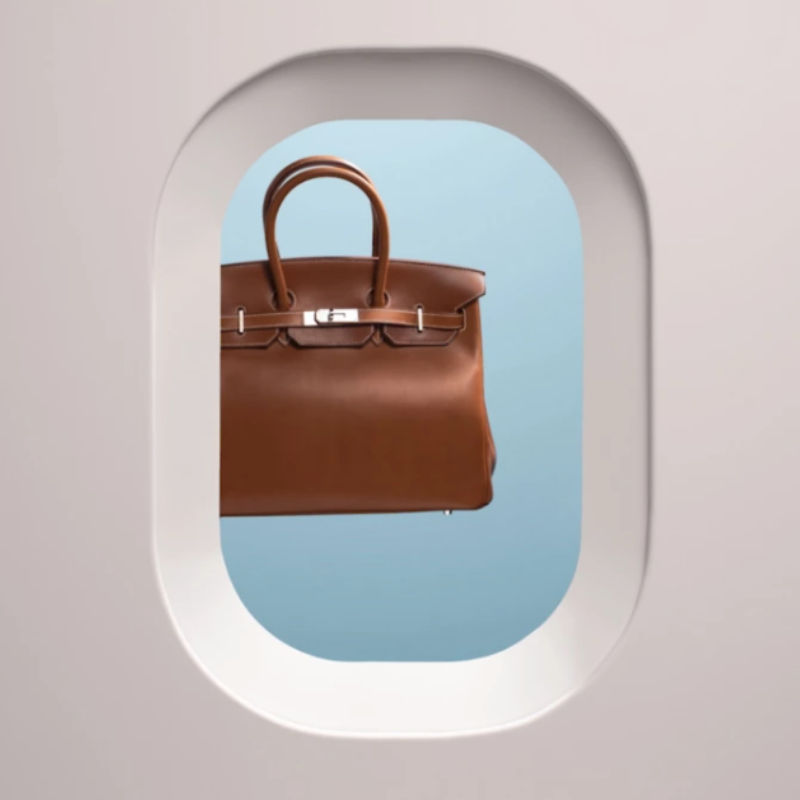
It goes without saying that if you’re looking to buy an investment bag, your best bet is to probably go with a Hermès Birkin. First introduced in 1984, the bag is beloved among luxury enthusiasts for the inherent mystique in its history and association with the late British actress Jane Birkin, and of course its unparalleled refinery and rarity.
Legend suggests that the bag was conceived during a fortuitous meeting between Jane and Jean-Louis Dumas, the chairman of Hermès at the time. After accidentally spilling the contents of her straw basket, which she often used as a handbag, they struck up a conversation during which Jane shared her frustrations at not being able to find a bag that was large enough to fit her needs.
The Birkin bag was designed out of that utilitarian requirement and eventually went on the market in 1984 for around $2,000 retail. While no doubt a princely sum for the time, it hardly compares to the value that Birkins now command, which can reach upwards of $450,000 on the resell market for rare iterations such as the Diamond Himalayan Niloticus Birkin 30 that was auctioned by Sotheby’s back in 2022.
2. Hermès Kelly
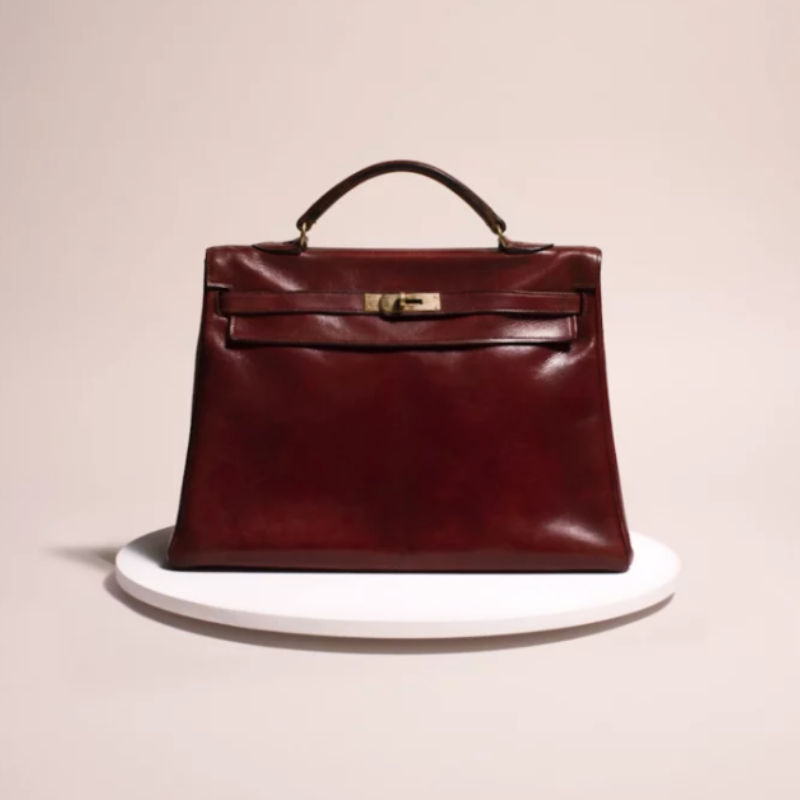
A considerably older style by comparison with the Birkin, the Hermès Kelly bag is often considered to be inextricably linked to the French fashion house’s heritage given its origins. The first iteration of the bag was introduced back in 1892 as the Haut à courroies bag, and would see a multitude of evolutions before eventually becoming the Kelly bag we recognise today.
As a company that was first founded to manufacture equestrian equipment, the bag was designed to fit saddles, riding boots, and other riding staples. A refined style designed by Robert Dumas that was meant to be carried as luggage was later introduced in 1928. Named the Sac à Dépêches or ‘dispatch bag’, it featured all of the design staples of the Kelly including its trapezoidal shape.
But it was Grace Kelly, the Princess of Monaco, who would truly ricochet the bag to stratospheric fame when she was seen wearing it in the Alfred Hitchcock film, To Catch A Thief. This was bolstered by the fact that she was photographed using the bag to hide her pregnancy, cementing its status as a true ‘It’ bag.
It was claimed that the Kelly bag first cost around $200 (roughly $2,000 in today’s money) back in the early 1960s. Remember, this is a large chunk of money for the average family with an average household income of $6,200 a year at the time.
But today, the Kelly bag can cost $8,000 at retail, and reach up to over $300,000 at resell, such as the record-breaking Himalayan Niloticus Kelly 32 that went under the hammer for $346,802 in 2022. But you’ll be surprised to know that Hermès still sells the Kelly ‘HAC’ bag in homage to the Haut à courroies, featuring a shorter top-handle and a North-South body style.
3. Hermès Constance
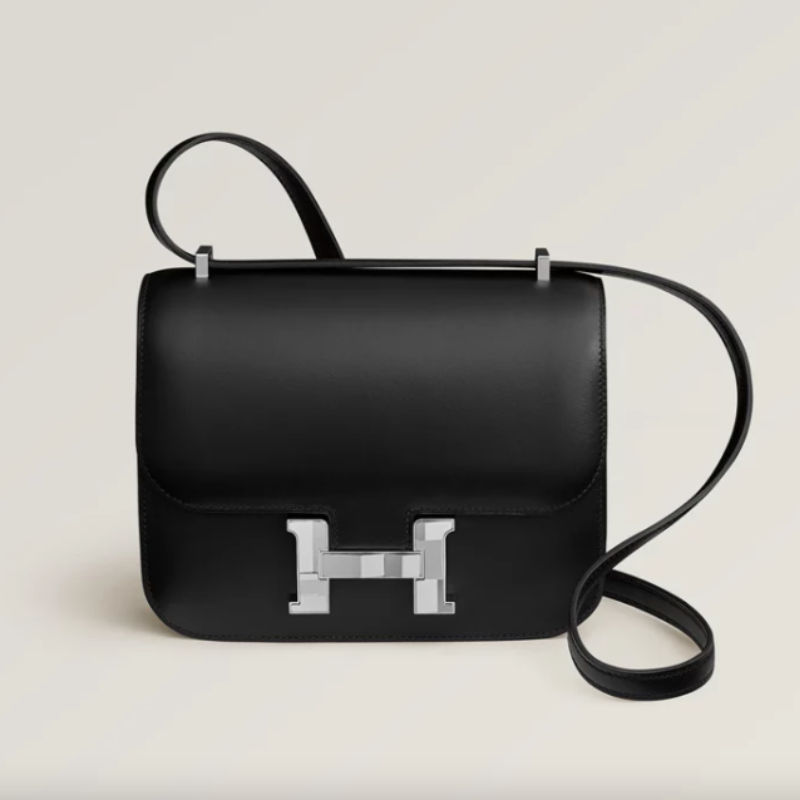
A third style to keep an eye out for if you’re in the market for an investment bag is the Hermès Constance. It may not necessarily share the same popularity among the general public as its sisters do. Still, it is no less an icon within the brand’s portfolio of designs and continues to hold a covetable position on many luxury wish lists. Designed by Catherine Chaillet in 1959, the Constance bag was named after her fifth child, Constance.
Unlike the Birkin and the Kelly bags, the Constance is a considerably more practical style that allows an individual to go hands-free by wearing it either on your side or tucked securely under your arm with its adjustable strap. As is the case with many of Hermès’ bags, the Constance was also propelled in popularity by a celebrity name: former American First Lady Jacquline Kennedy, otherwise known as Jackie O.
It isn’t clear how much the Constance was priced at launch, but it’s safe to assume that it probably was around the same as a Kelly bag from the period, if not less owing to its smaller size. Today, they tend to start at around the $8,000 mark retail from Hermès, and can fetch upwards of $100,000 on the resell circuit, such as the Bleu Électrique Porosus Crocodile Mini Constance 18 that sold for $170,164 at Christie’s.
4. Chanel Classic Flap
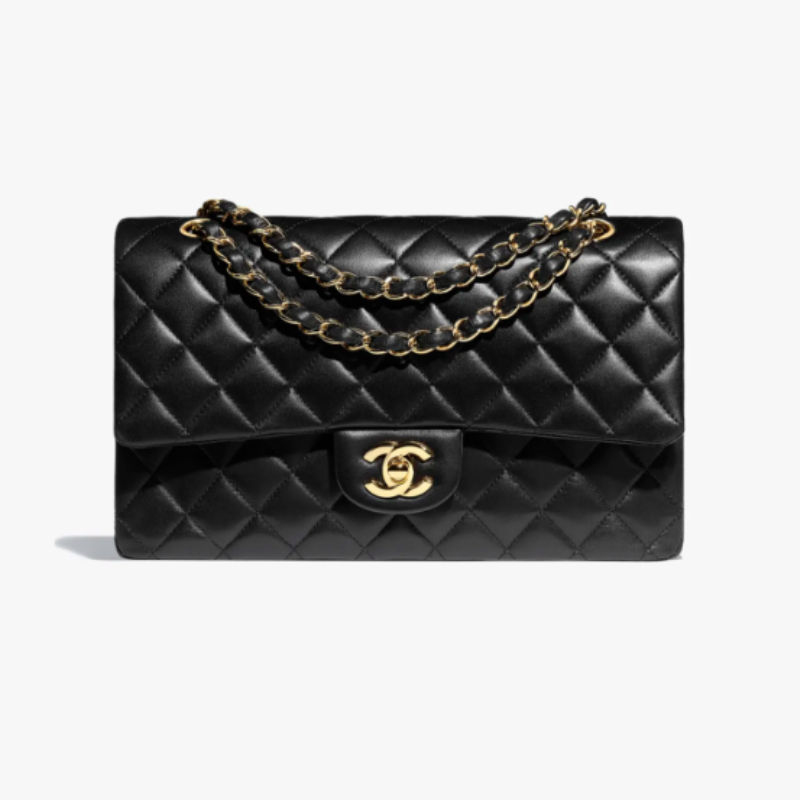
Aside from the usual range of suspects from Hermès, you may also look to 31 Rue Cambon when shopping for a new investment bag. The Classic Double Flap is arguably Chanel’s most iconoclastic design, far surpassing that of the original 2.55 which it was based upon. Debuting in 1983, it retains much of Coco Chanel’s original codes, including the adjustable chain strap, double-flap architecture, the discreet love letter pocket, and of course, diamond quilting.
But instead of the considerably more discreet rectangular turn-lock that the original sported, this redesign by Karl Lagerfeld introduced the now legendary Chanel ‘double CC’ turn-lock closure, which has since become synonymous with the brand’s identity.
At launch, the Chanel Double-Flap bag retailed for around $1,000 (around $3,082 in today’s money). but now costs $10,200 to buy retail for the most coveted Medium size. And you can be assured that it is expected to become more expensive over time, as the French house is known to revise their prices twice every year.
5. Louis Vuitton Neverfull
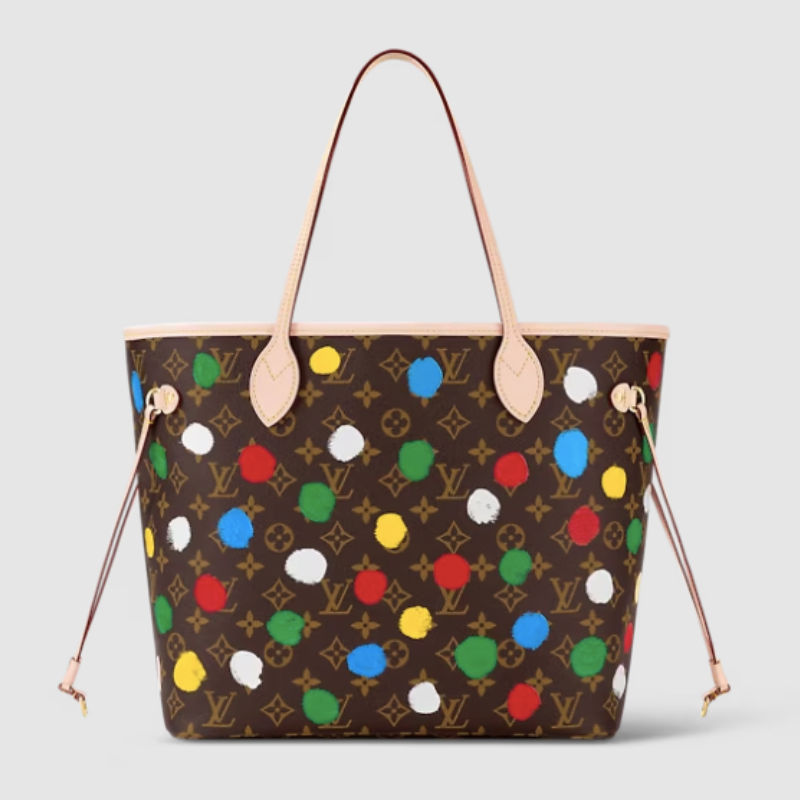
The last option on this list is perhaps the most unexpected: the Louis Vuitton Neverfull. Making its first appearance in 2007 as a beach bag offering, its versatility and hardiness as a designer tote bag made it an instant hit among corporate powerbrokers looking for a daily carryall.
Available in three canonical sizes (GM, MM, and PM), the Neverfull has since become part of Louis Vuitton’s permanent range of bag designs and can be had in a variety of different finishes, from the classic Monogram to Damier prints. But as Louis Vuitton’s bread-and-butter bag (aside from the Speedy), it has also been introduced in a plethora of limited edition styles.
This is where their true investment value lies, with select limited edition Nerverfull varieties going up in value over time. Take for example the Louis Vuitton x Yayoi Kusama Monogram Waves Neverfull bag, which retailed at $1,380 at its introduction. On the resell market, the same bag now sells for close to $3,000 in almost brand-new condition.
Rumour has it that the Neverfull may soon be a waitlist-only bag, so that may bolster its value too.
Source : LifeStyleAsia







